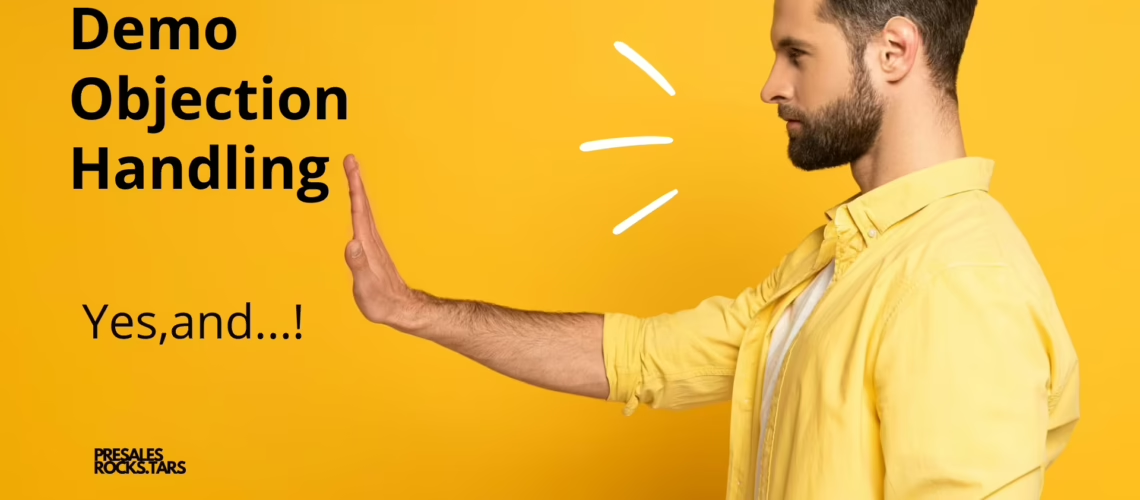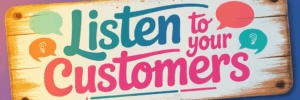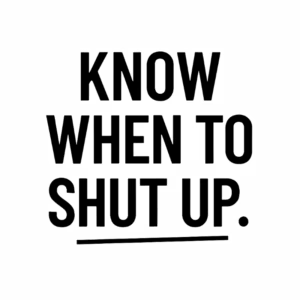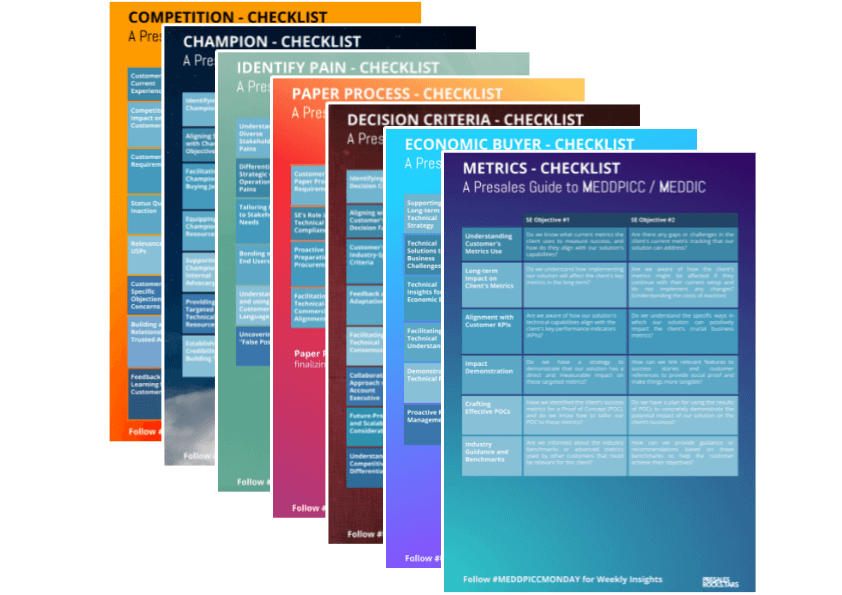Handling objections in a demo is an important skill. But many solution engineers and sales professionals push back too quickly, trying to justify their solution instead of addressing the customer’s concerns.
And one of the most common mistakes? Saying „Yes, but…“
Why „Yes, But“ Doesn’t Work
The phrase „Yes, but…“ puts you on the defensive. It can make customers feel like you’re dismissing their concerns instead of understanding them.
Even if you mean well, „Yes, but…“ can come across like:
„I hear you, but you’re wrong.“
„I see your point, but let me correct you.“
„I understand, but that’s not the real issue.“
This creates tension and can shut down meaningful conversations. Instead of working together, the demo can feel like an argument.
Try „Yes, And“ Instead
A simple change can make a big difference: swap „Yes, but“ for „Yes, and.“
„Yes, and“ acknowledges the concern while keeping the conversation moving forward.
It feels collaborative instead of confrontational.
It turns objections into opportunities rather than roadblocks.
Example: Handling an Objection with „Yes, And“
Customer: „I like your software, but the implementation takes too long.“
Response 1: „Yes, but we have a Quick-Start Guide to speed it up.“
(Sounds defensive—like you’re justifying the problem.)
Response 2: „Yes, and that’s why we created a Quick-Start Guide to help customers get up and running quickly.“
(Feels supportive—like you’re offering a helpful solution.)
Try This:
Read both responses out loud.
The only difference is swapping „but“ for „and.“ Notice how much more positive it sounds?
Turning Objections into Opportunities
Using „Yes, and“ doesn’t mean you always have to agree with everything. It just means you acknowledge the concern and steer the conversation in a helpful direction.
Here’s another example:
Customer: „Your tool looks great, but it seems expensive.“
„Yes, but we offer premium features that justify the price.“ (Sounds defensive.)
„Yes, and many of our customers felt the same way at first. That’s why we offer a cost-benefit analysis to show the ROI within the first 6 months.“ (Acknowledges concern and provides a solution.)
Final Thought
Handling objections well is about keeping the conversation open and guiding it in a positive direction.
Next time a customer raises an objection, avoid saying „Yes, but.“ Try „Yes, and…“ and see how much better the conversation flows.





